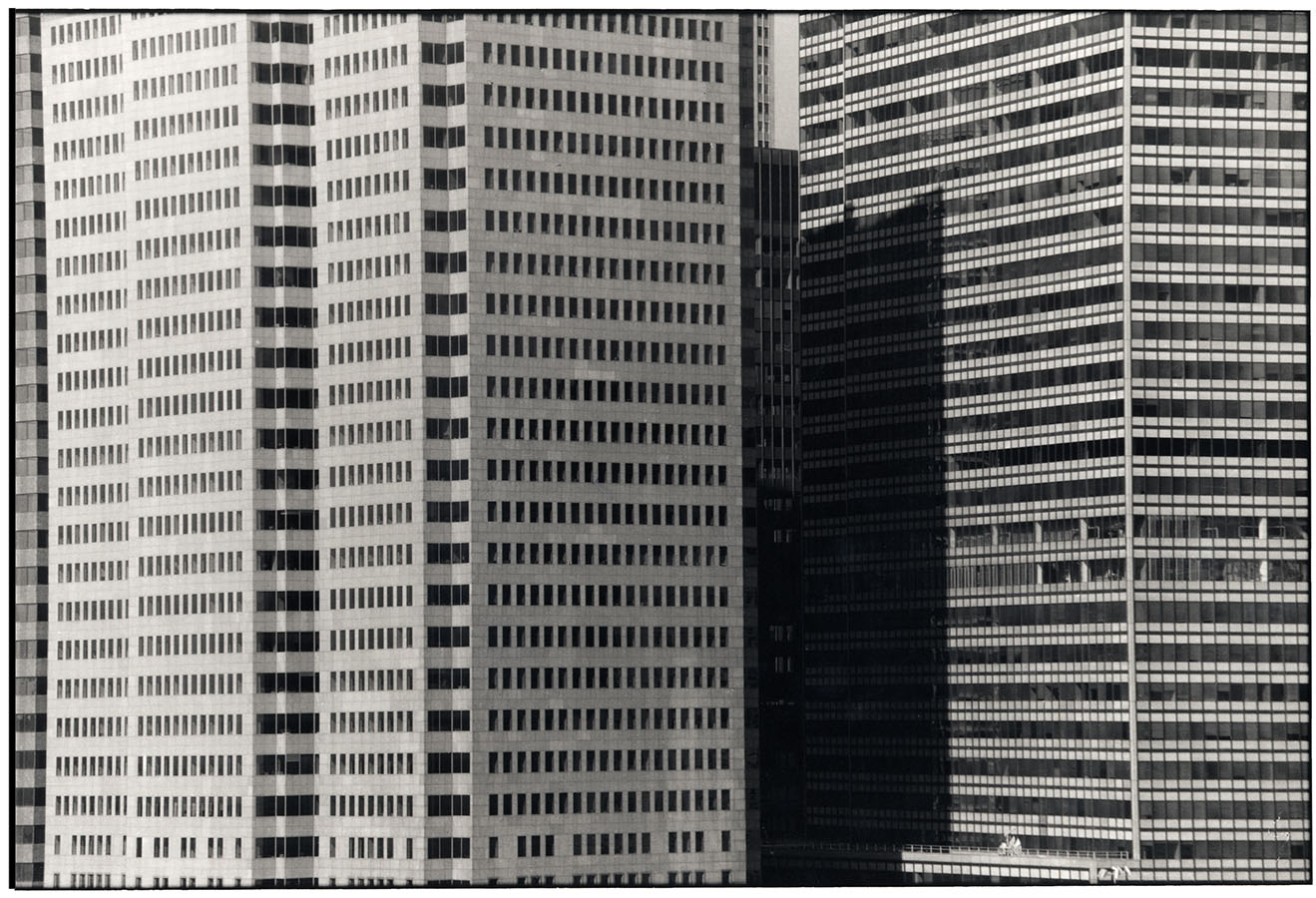
Windows
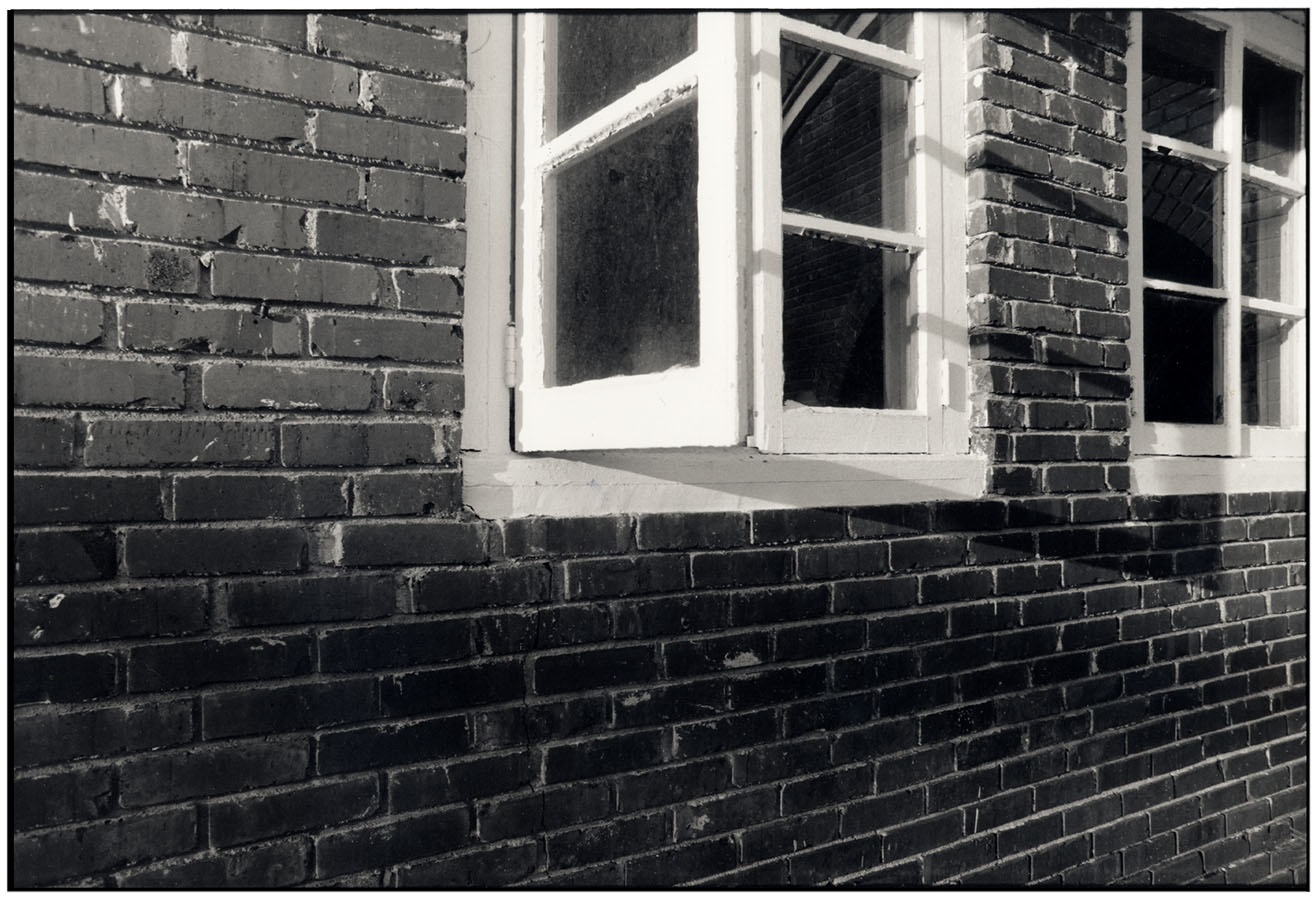
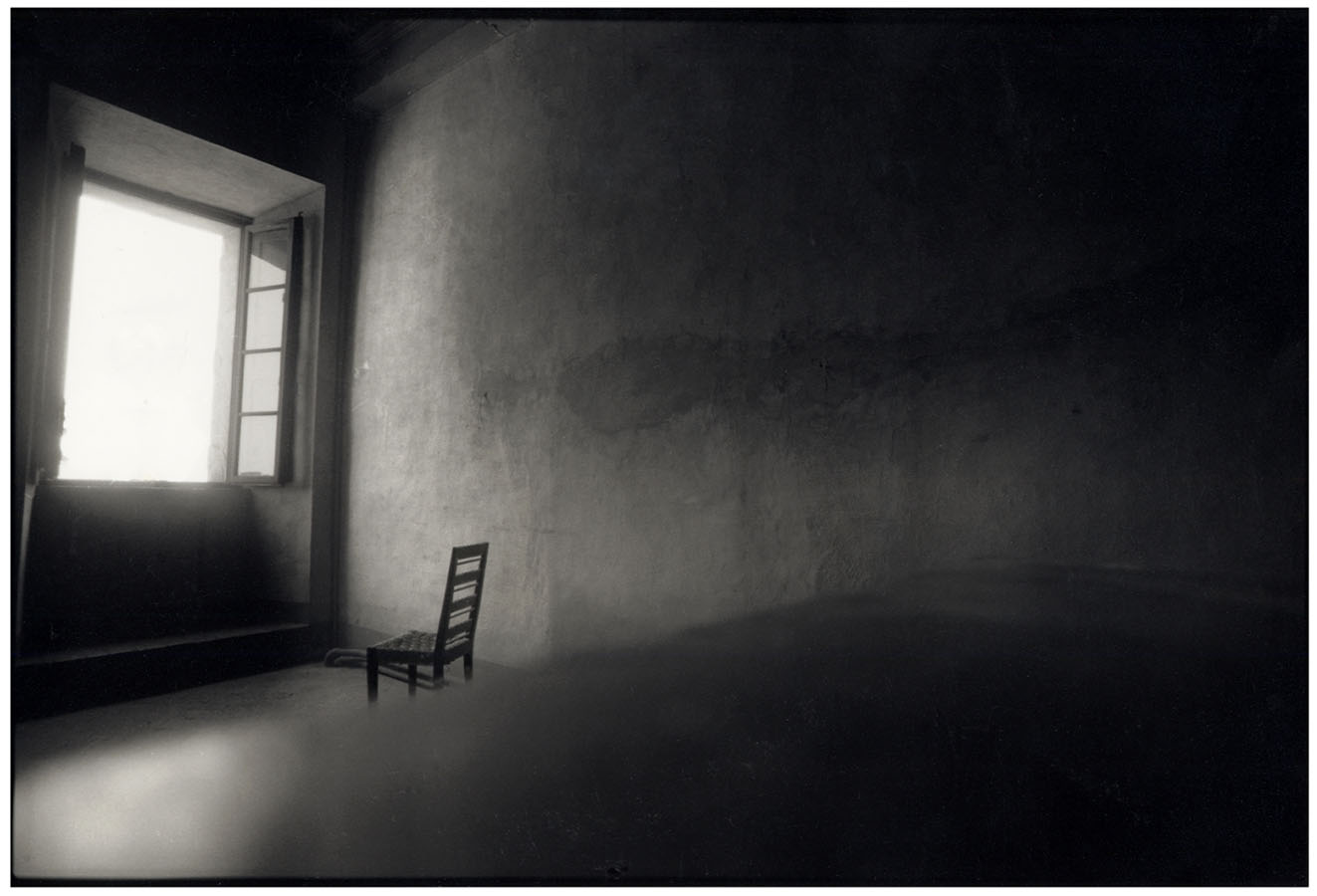
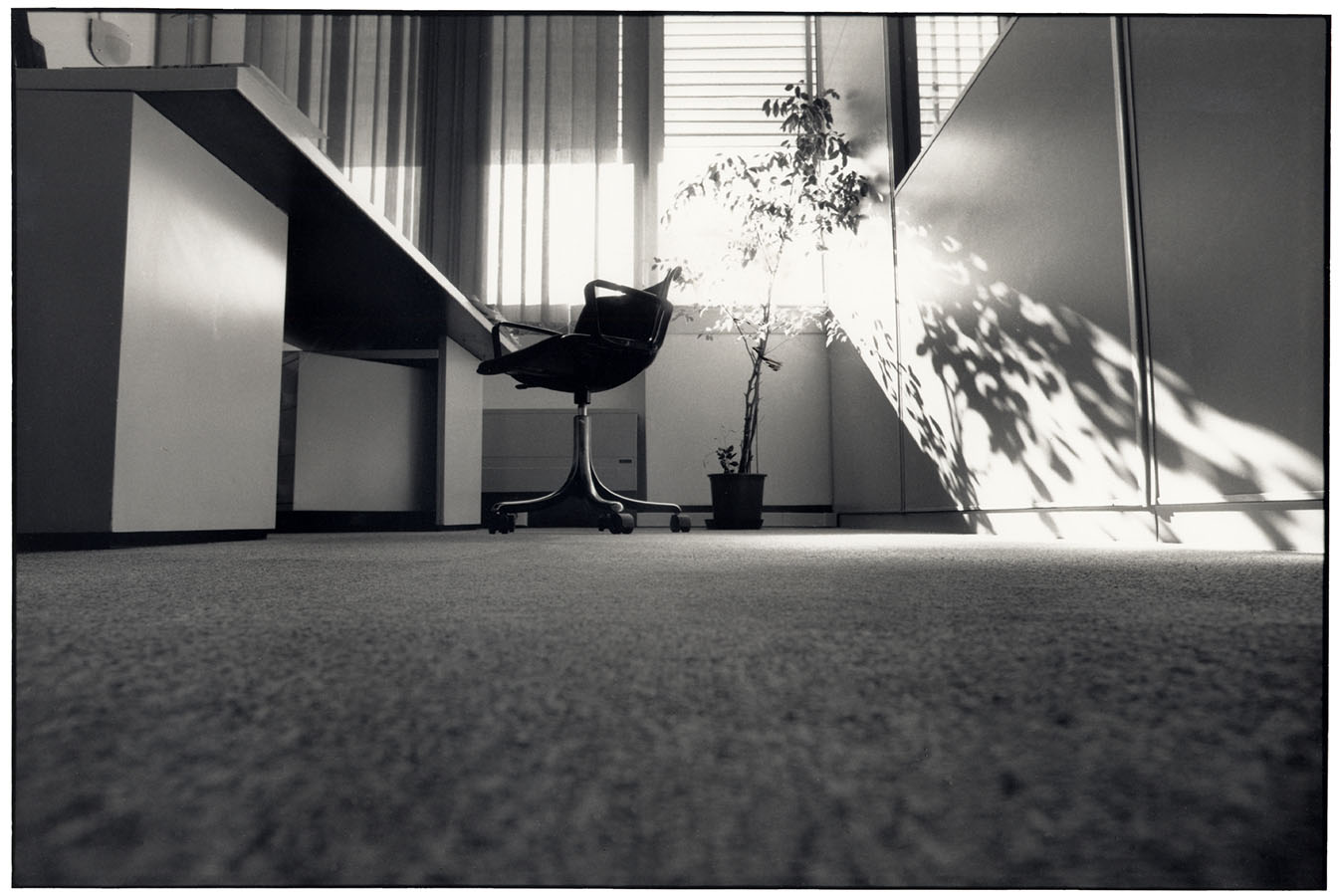
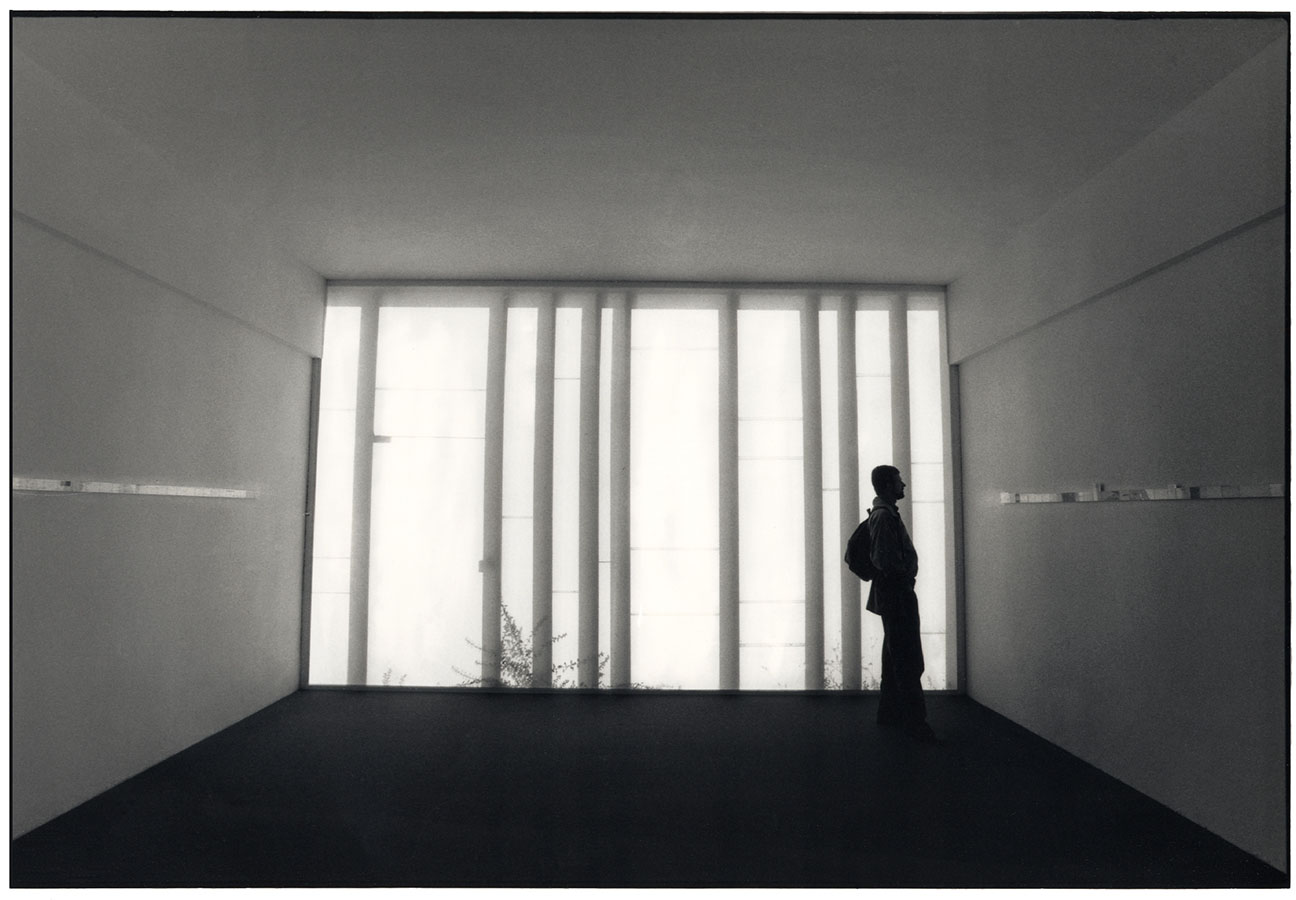
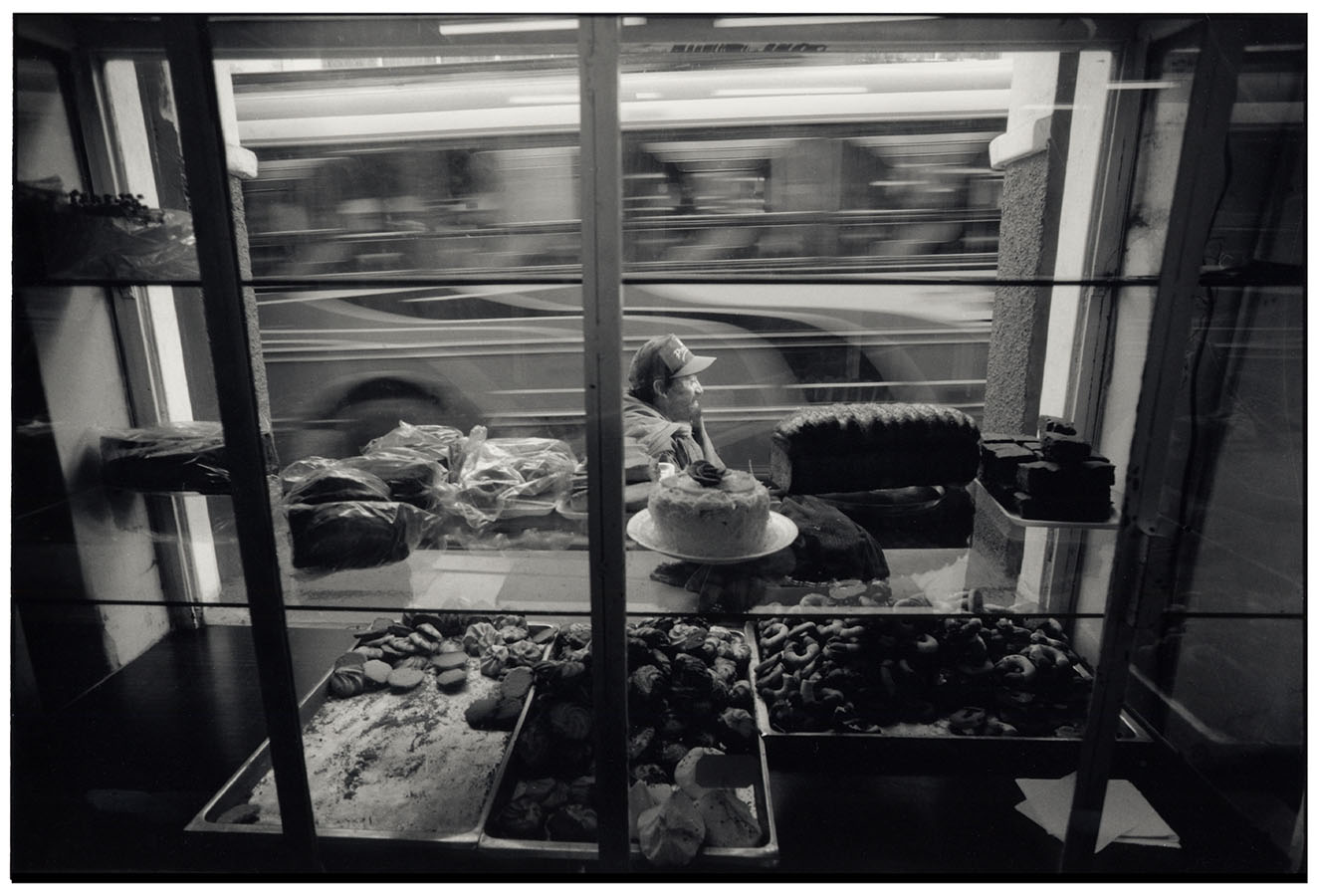
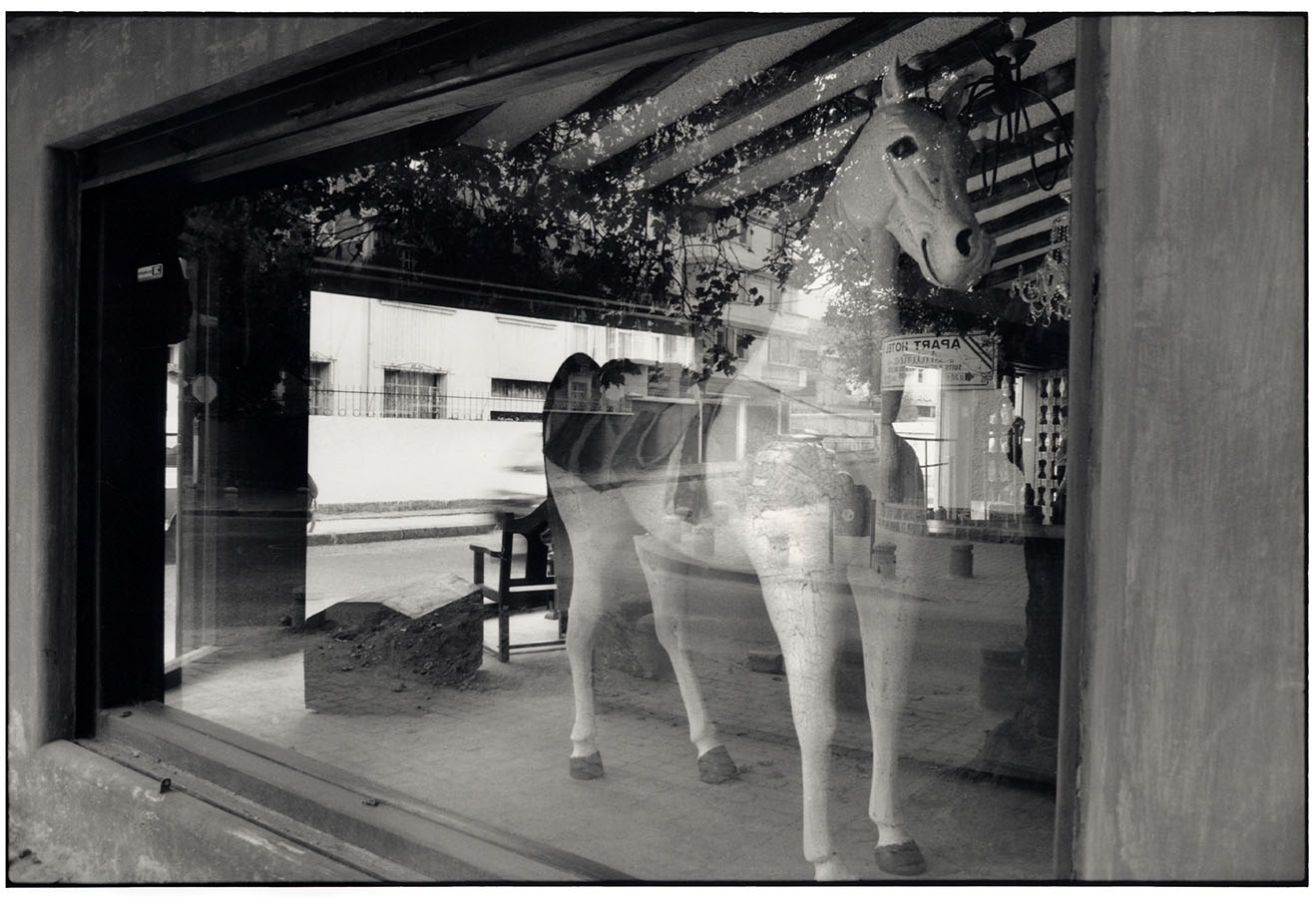
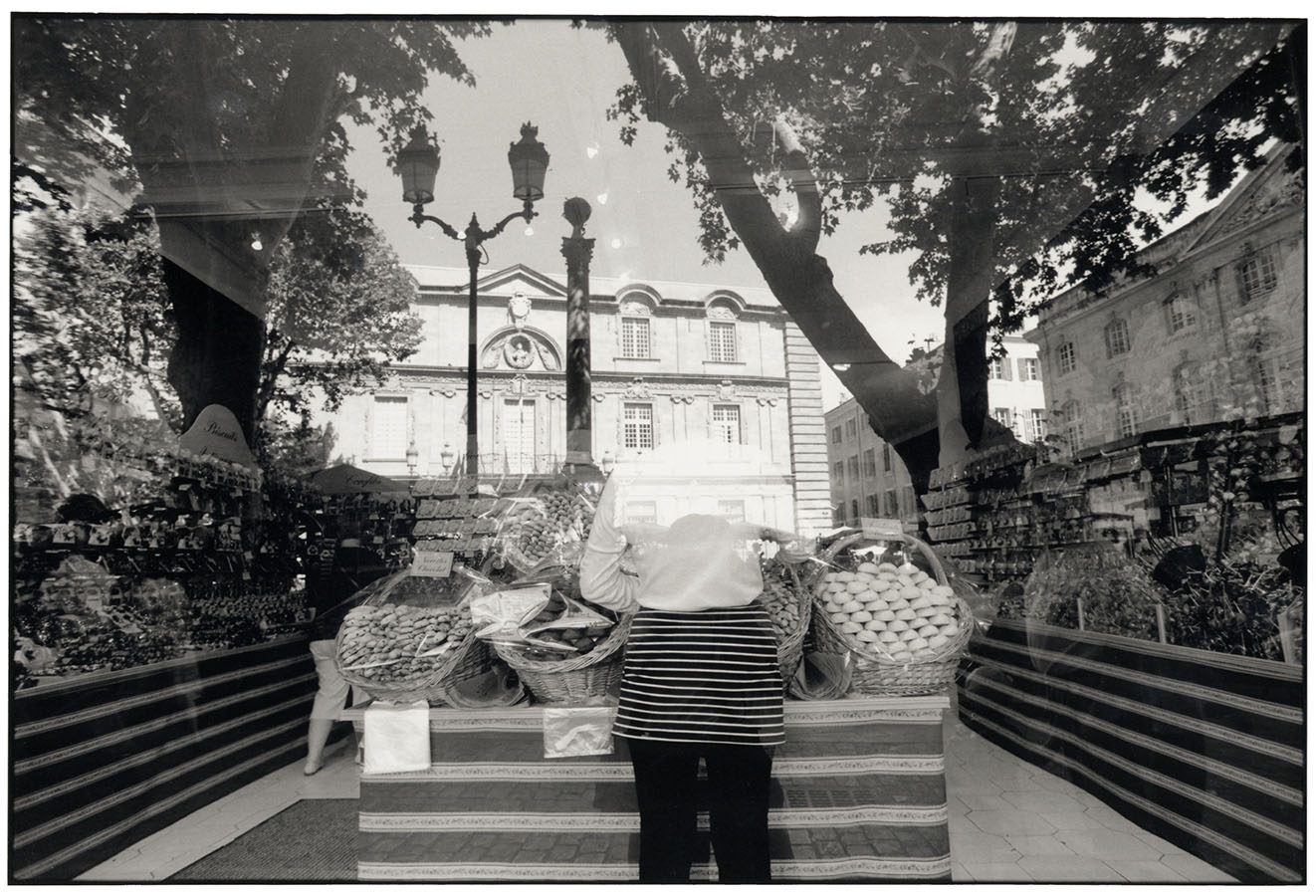
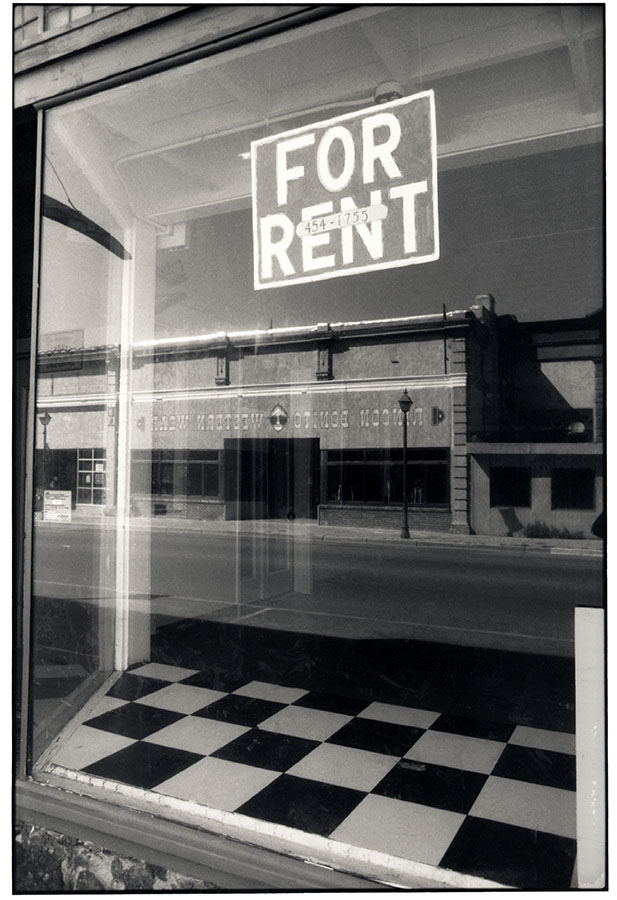
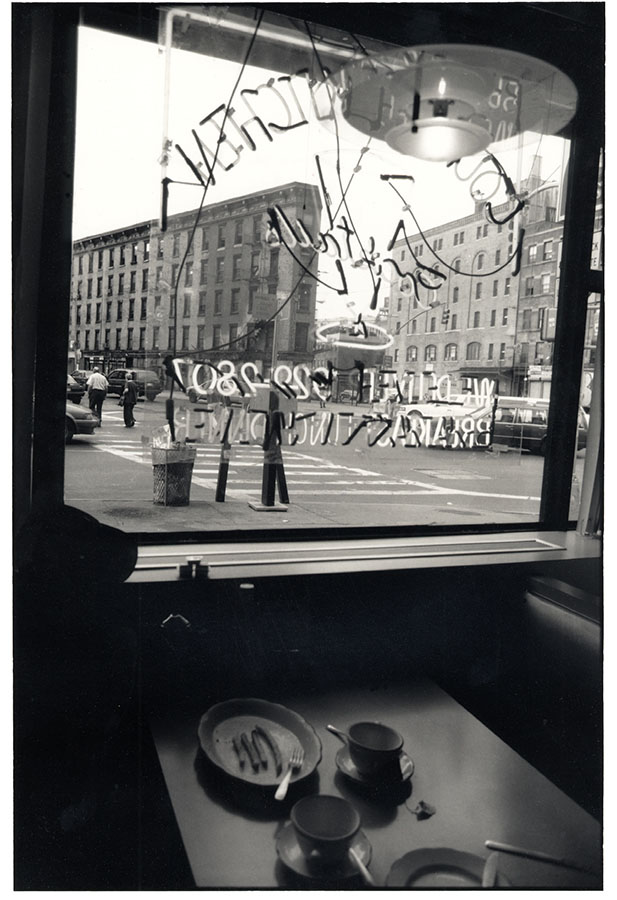
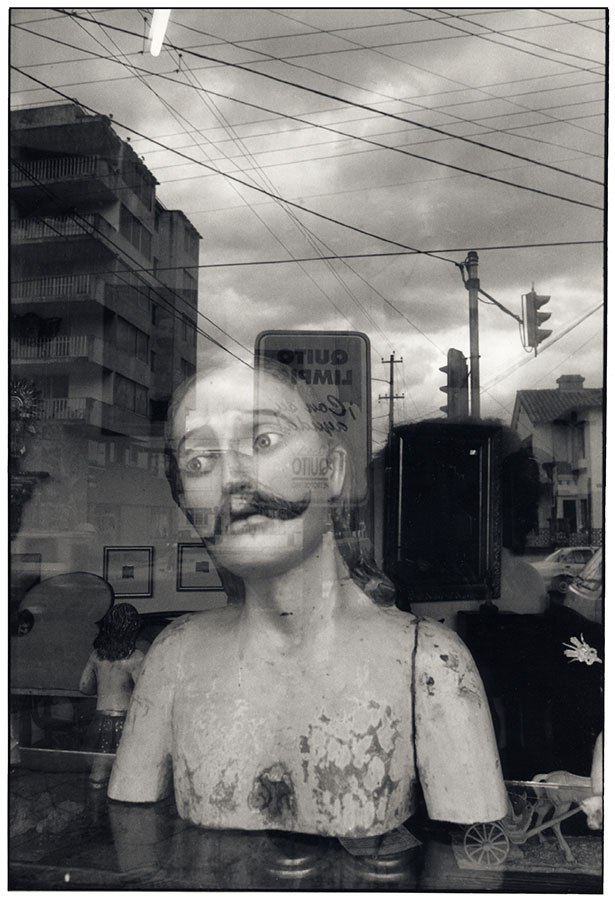
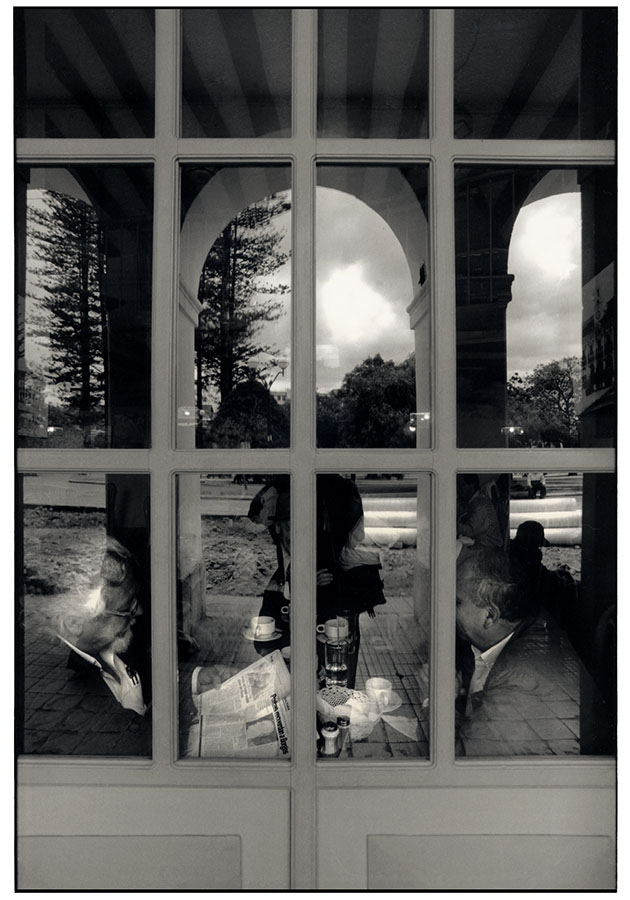
The window defends and protects us from external atmospheric conditions, cold, heat, rain and wind, as well as from the intrusions of people and animals. The transparent glass window – even when closed – permeates eye contact. This contact is bidirectional, that is, one can look out from within, and from out in. Thus an exchange of visual information takes place, devoid of physical contact, which casts my mind to the exchange of vital substances in a cell through its membranes without losing its identity. It makes me think of the analogy between windows and eyes and the relationship between inside and outside.
The environment in which we live is an extension of ourselves and therefore we design windows in response to the mind’s eye. Due to the typical nature of the glass “membrane”, however, the transfer, especially of the internal images to the outside, may be partial, while the window reflects the external situation in whole or in part, preventing the vision of what is inside. I am fascinated by hybrid situations, where the multiple realities of two parallel worlds gather at the window.
During the ”invention” of the window the desire for contact was probably in play, even if contradictory to its function of defence: windows are made to provide an opening from our homes, that is from our external shell. This desire for openness is what led to window displays. The window display is designed to reveal information about what is inside, in an attempt to attract those outside, in contrast to the primary function of the window.
The sequence of images represents a journey away from external and superficial life, represented by windows seen from the outside, upon an interior life, a passage through the various phases of exchange between the internal and external world.
La finestra difende e ripara dagli agenti atmosferici esterni, freddo, caldo, pioggia, vento e dalle intrusioni di persone e animali. La finestra di vetro trasparente – anche chiusa – permette il contatto visivo. Questo contatto è bidirezionale, cioè si può guardare fuori da dentro, e dentro da fuori. Avviene così uno scambio d’informazioni visive, anche senza contatti fisici, che mi ricorda lo scambio delle sostanze vitali nella cellula attraverso le sue membrane senza che per questo perda la sua identità. Penso all’analogia tra le finestre e gli occhi ed al rapporto tra interno ed l’esterno.
L’ambiente in cui viviamo è un’estensione di noi stessi e quindi noi abbiamo probabilmente ideato le finestre in analogia agli occhi. Per la tipicità della “membrana” vetro, però, il trasferimento, soprattutto delle immagini interne all’esterno, può essere parziale, mentre sulla finestra si riflette la situazione esterna in tutto o in parte, impedendo la visione di quello che è all’interno.
Mi affascinano le situazioni ibride, in cui sulla finestra si accumulano più realtà, due mondi paralleli.
Nella “invenzione” delle finestre ha giocato probabilmente il desiderio di contatto, anche se contraddittorio a quello di difesa: le finestre sono fatte per aprire la casa, cioè il nostro involucro esterno.
Questo desiderio di apertura è quello che ha portato all’esposizione tramite le vetrine.
La vetrina è fatta per mostrare, cioè per portare fuori informazioni su quello che c’è dentro, nel tentativo di attirare dentro chi è fuori, cioè di stimolare un’azione opposta a quella che compie la vetrina.
La sequenza delle immagini rappresenta un percorso dalla vita esterna e superficiale, rappresentata dalle finestre viste dall’esterno, a una vita interiore e interna, passando attraverso le vare fasi di scambio tra mondo interno ed esterno.